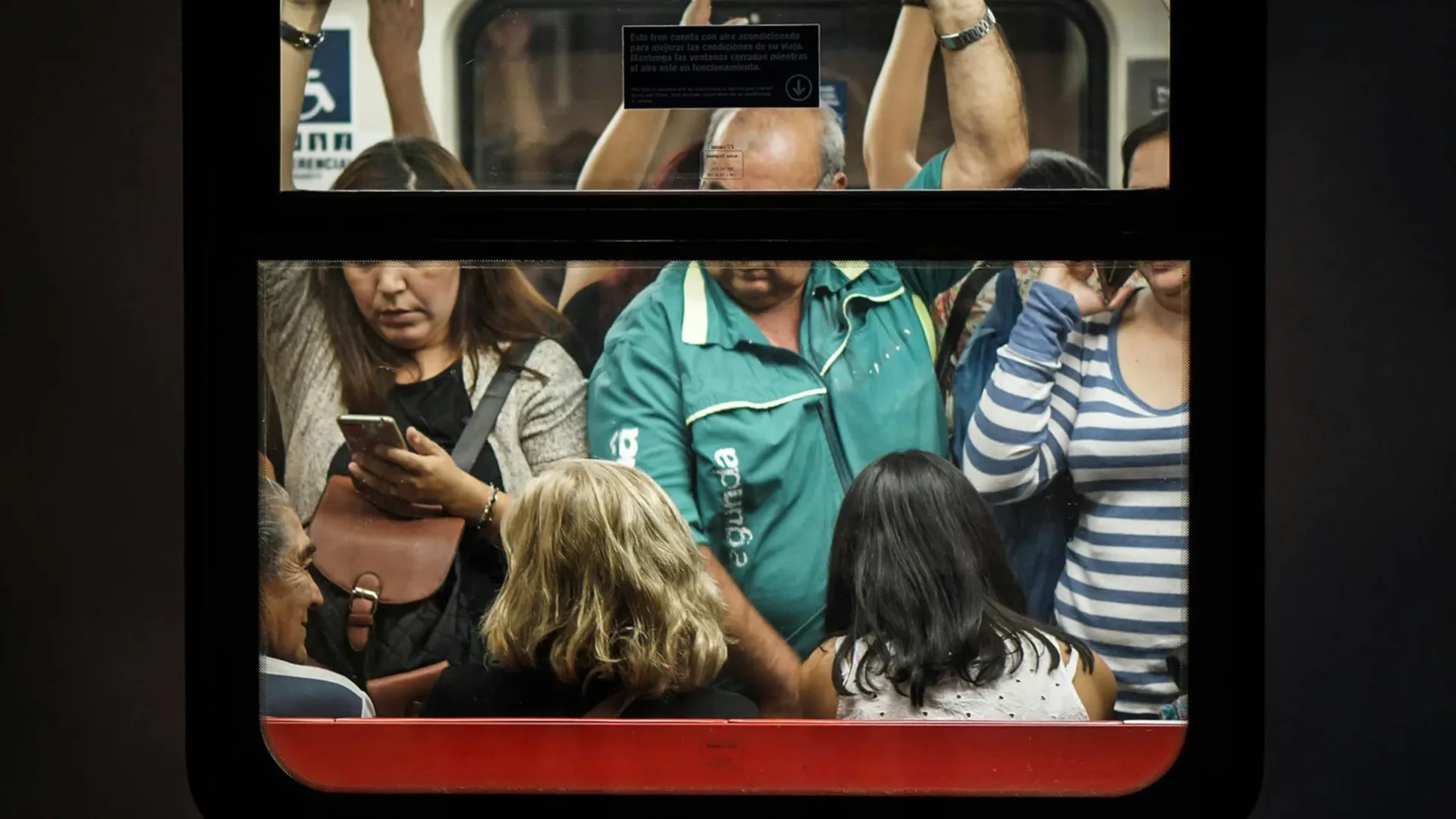Non-User Actors
People and objects in a context that are not the intended experiencer.
Not everyone in a setting actively participates in the activity a person is trying to complete. However, non-user actors are still essential in experience design scenes — Bruno Latour’s Actor-Network Theory values participant and non-participant actors as integral parts of a context. The theory, while somewhat embattled, is a useful tool for examining how all the actors in a context relate and can affect one another. For example, when a person uses their phone while walking down a sidewalk in a city, their attention is dedicated to the content on the phone. The interaction involves the person (user), the phone, and the content on the phone. However, trees with low-hanging branches could affect their experience. A child walking a Weimaraner puppy could distract our users from their phone use. Uneven pavement could cause users to trip or at least become more focused on their steps than phone usage. The Non-User Actors factor highlights the role of external actors and gives them agency in the experience design scene.
Examples of Non-User Actors
- A dog-walker in a park next to the playground where kids play
- The jazz quintet performing inside a club on Frenchman Street while street sweepers work
- Crying baby
- Security guard
- Service dog
- Delivery robot
Researching Non-User Actors
When designers research non-user actors, they account for external factors that can impact a person’s activities in an experience design scene. It also gives agency to non-user actors like people, plants, animals, and other living things that designers often neglect when focusing intently on the activity they are designing. This research helps designers account for actors in a scene that could positively or negatively affect a person’s experience. It also reminds designers that the things we create can profoundly impact the natural environment and non-human actors.
Questions to Ask
- Who and what is involved in this scene?
- What actors are often forgotten?
- When a person completes an activity, what “gets in their way” or can distract them?
- What people, plants, animals, and objects have we not accounted for in the scene we are exploring?
Look For…
- Animals
- Plants
- Things that “get in the way”
- Objects that are walked on, moved, and manipulated that aren’t part of a user’s primary activities
Sources
Business
Callon, M. (2004). Actor-Network Theory: The Market Test. In J. A. H. Law, J. (Ed.), Actor Network Theory and After (pp. 181-195). London: Blackwell Press.
Humanities
Latour, B. (2004). Why Has Critique Run out of Steam? From Matters of Fact to Matters of Concern. Critical Inquiry, 30(2), 225-248.
Latour, B. (2005). What is the Style of Matters of Concern? Two Lectures on Empirical Philosophy.
Ritzer, G. (2004). Actor Network Theory (Encyclopedia of Social Theory). London: Sage.
Social Science
Ajzen, I. (1991). The theory of planned behavior. Organizational Behavior and Human Decision Processes, 50, 179-211. doi:10.1016/0749-5978(91)90020-T
